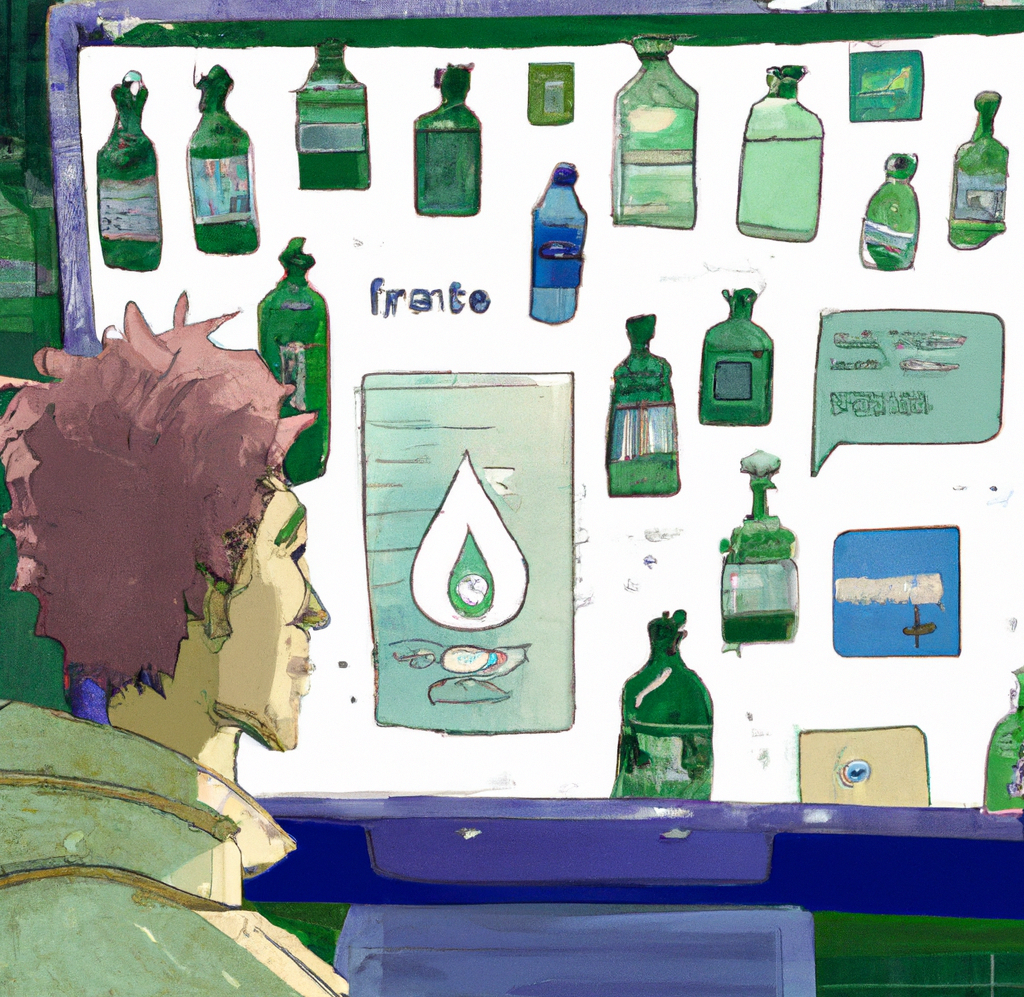We’ve heard it before: “This product is eco-friendly and sustainable.” But is it really? Today we’ll talk about a phenomenon that is unfortunately quite widespread, known as “greenwashing,” which can be translated into Italian as ecological washing.
What is greenwashing?
The term “greenwashing” refers to the practice of promoting an image of sustainability and environmental responsibility by a company or organization, even when actions and policies do not actually align with these principles. Greenwashing can be aimed simply at marketing or public relations, but in some cases, it may even attempt to mask or minimize the negative environmental impact of the activity or product. This technique is unfortunately very harmful and insidious as it particularly affects those developing sensitivity to environmental issues and may be making efforts to be more sustainable.

Methods of greenwashing
We are bombarded daily by media suggestions for purchases that leverage the so-called selling points or selling arguments, such as quality, price, accessibility, or even feelings and emotions like fear, revenge, joy, etc. In this mix, there are often references to environmental sustainability… who wouldn’t want to help the planet? Who wouldn’t want to protect animals, plants, and the future of the next generations?
Unfortunately, where there is little environmental sustainability, just create it in words through communications that are as effective as they are vague and devoid of content. For example, just to be clear, an energy production company can emphasize the installation of solar panels on the roof of its office but neglect to mention the pollution generated by its coal-fired plants.
If we were to create a greenwashing handbook for the company Cattivoni Spa, here are some ready-to-use indications (to be read, of course, with a touch of irony):
- Claim to be green (even if you’re not) but do it using vague statements: use terms like “ecological,” “green,” or “sustainable” as much as possible without providing specific or verifiable details on how you commit to achieving these goals. For example, write that your product is “environmentally friendly” without providing any other details. Who will check?
- Use misleading ecological symbols or labels: use symbols or labels that seem to indicate a certification or environmental approval, but that are actually the result of your self-declaration or, worse, have no basis. Remember that the use of some symbols is not regulated!
- Exaggerate environmental benefits, even if they are few or limited or irrelevant: emphasize the environmental benefits of your products or activities without providing concrete evidence or scientific support. Bonus if you divert attention from the (significant) environmental problems you cause.
- Don’t just look at products; engage in greenwashing of corporate practices: go further and adopt superficially sustainable corporate policies without making substantive changes to your main business. Your wallet will benefit, and you can say it at every opportunity and press release!
An example
Since we are talking about plastic, an example of greenwashing among many is that for which the company Nestlé is accused. Nestlé has been accused of deceptive advertising by a Canadian environmental group because it advertises its water brands as sustainable since the bottles are made of PET, which is 100% recyclable. Of course, it is overlooked that only a minority of the bottles are actually recycled, and the majority ends up being incinerated, dispersed, or in landfills.
How to combat greenwashing
Greenwashing is insidious and challenging to combat because it forces the consumer to step back from the producer-consumer trust relationship. Evaluating whether a product is green or merely painted can be exhausting; it certainly requires a certain level of awareness, commitment, and even time. Companies that engage in this type of communication count on our inertia, which often leads us to “turn off our brains” and reject additional tasks.
What we recommend in general is first of all to remain vigilant when unsubstantiated or generic claims are made. Secondly, it is essential to be aware of the power of communication: associating images of forests, oceans, or flowers with products does not automatically make them green.

Furthermore, third-party certifications are certainly preferable to self-certifications, even better if they consider the entire life cycle of a product: for example, if the disposal of a product is sustainable, it doesn’t mean that its production is, or vice versa. Try to recreate trust towards the producers of the consumer products you use most often through targeted research.
Finally, always keep in mind that the greenest action is DO NOT BUY and REDUCE CONSUMPTION.
Is it just the only kind of “washing”?
Absolutely not, greenwashing is just a focused version of the broader concept of whitewashing, associating with positive actions or values to hide less pleasant aspects.
Another term used is bluewashing, which, depending on interpretations, is a set of whitewashing practices focused on social issues (such as working conditions or social responsibility) or focused on the water resource, namely seas and oceans.
In reality, there are many others, pinkwashing, artwashing, rainbowashing… in short, you have to be careful because there is a real risk of manipulation, indeed.
What to remember
Greenwashing is the practice of promoting an image of sustainability and environmental responsibility by a company or organization, even when actions and policies do not actually align with these principles. It is a critical practice because it can deceive consumers and damage trust in companies that are genuinely committed to sustainable practices. It is important for consumers and organizations to remain vigilant and conduct thorough research to identify the actual environmental policies and actions of a company before making purchase or collaboration decisions.
Further information
Explained greenwashing (in English, external link): here
Nestlé and the case of greenwashing (in English): here